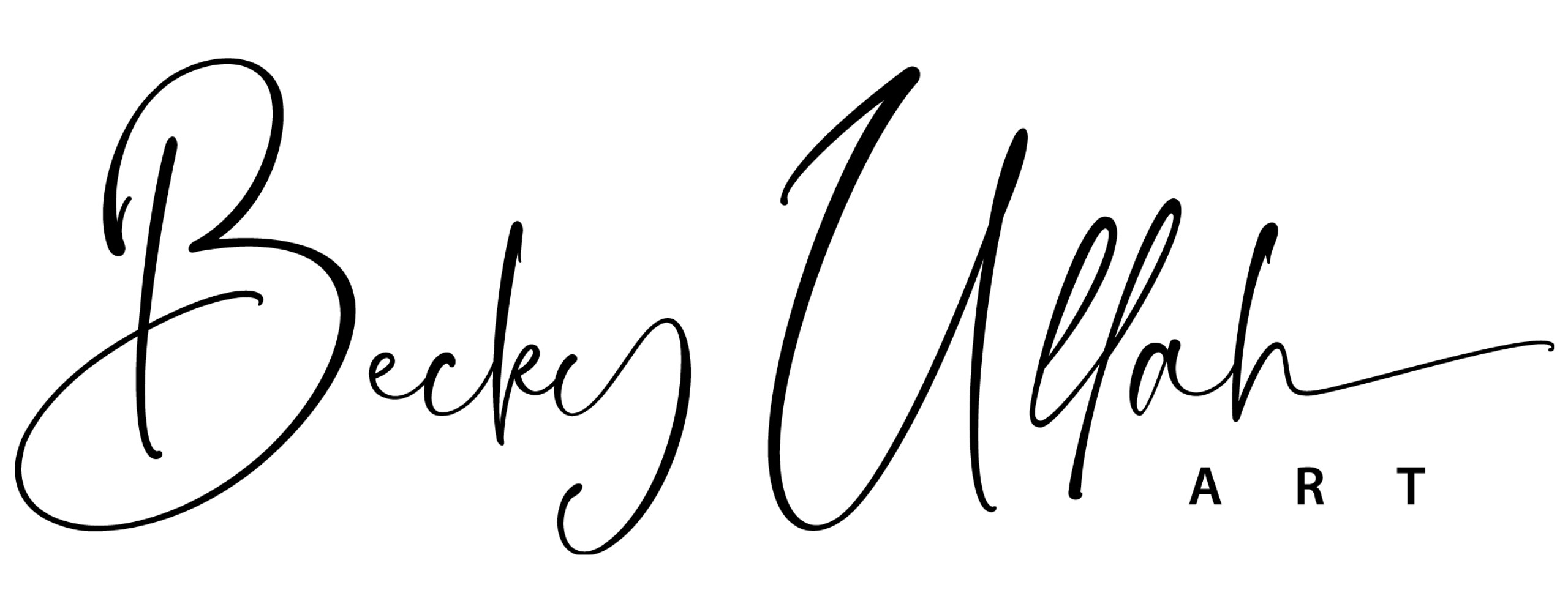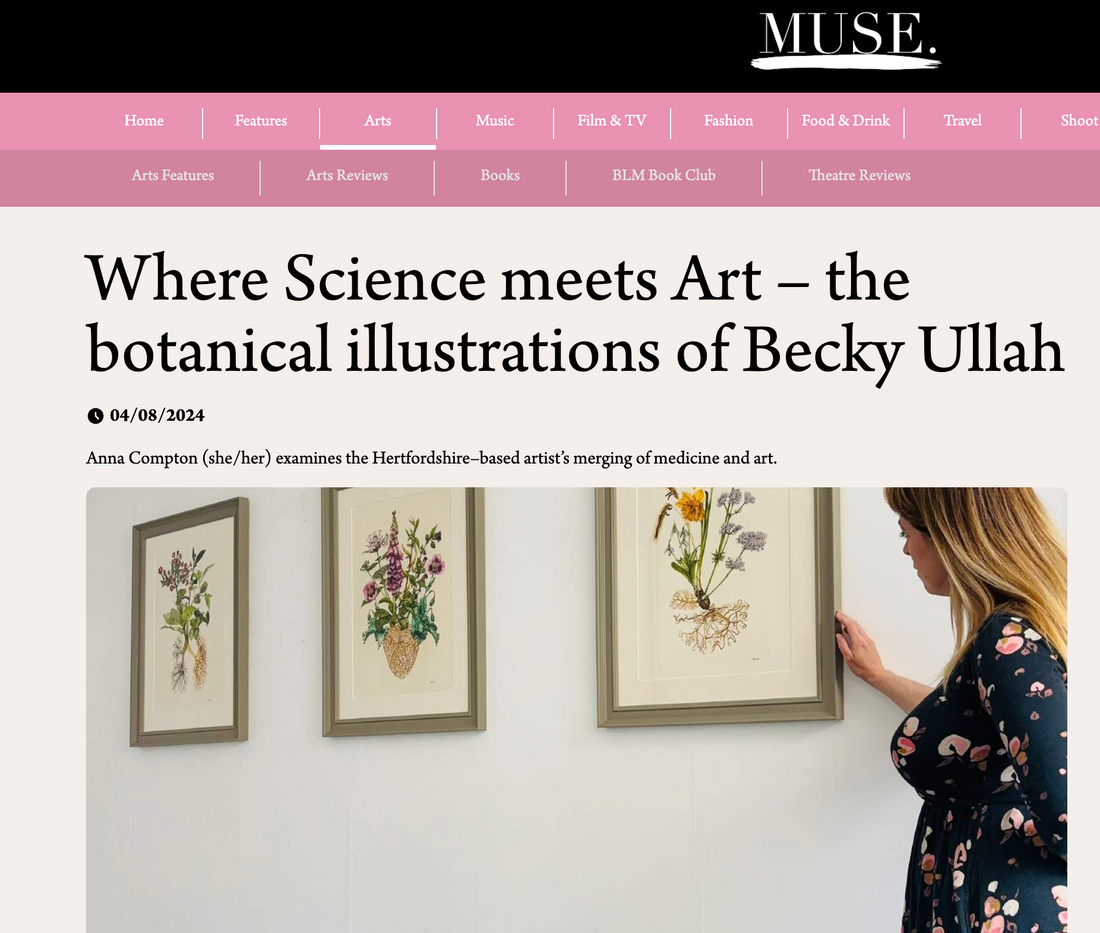Since watching Silent Witness and reading Patricia Cornwell novels to my first encounters in a dissection room, I have always been in awe of the human body and the beauty of anatomy. I was especially drawn to anatomical drawings fused with florals, as to me the beauty of each elevated the other. After seeing work by the artist Tabaimo at the Van Gogh Museum in Arles, this fascination simmered in my subconscious throughout the 15 years I worked as a doctor.
I kept looking at artwork of florals erupting from anatomical hearts and wondering why the plants don’t bear any relationship to the organ. Why not use foxgloves, where digoxin was discovered, a drug that treats irregular heart rhythms? Or poppies, which give us not only opiates but also angina medications like verapamil?
When I chose to study medicine over my passion for art, I thought I would be able to pursue both simultaneously, but I increasingly struggled to make time for creativity. My Pinterest board of inspiration and ideas grew, yet my portfolio of creations remained sparse.
The pressures of working as an NHS doctor escalated to breaking point, until my anxiety got the better of me. The guilt and shame of leaving were eventually outweighed by the necessity of looking after myself. My plans for an alternative career were fragile, but one thing I knew with certainty was that I wanted to paint all the ideas I had been forced to bury.
Painting the medicinal heart was, quite literally, healing for me—both physically and emotionally. I was grieving the loss of my career while processing anger at a system that couldn’t support me in being the doctor I wanted to be. I painted this piece lying on the floor, unable to sit because of a severe slipped disc.
When someone ordered a print on the day I went into theatre for spinal surgery, I realised that my new career could be as an artist. It didn’t have to remain a pipedream. I know this “story” continues to inspire people to be bold and follow their passions. We only get one life.

